Let’s Read the Greatest Shoujo-Manga!
( ´_ゝ`): Hi, it’s Aoi, living on Manga.
I have introduced BL manga / Boys Love (Yaoi) Comics before,
but this time will introduce Shoujo-Manga !
What do you imagine if you hear Shoujo-Manga?
Card Captor Sakura? Ouran Koukou Host Club? Kimi ni Todoke?
These are just examples but there are many Shoujo-Manga in many genres, from school themed one to fantasy one. Among them, it is called that ‘what makes a revolution to the world of Shoujo-Manga’ is <24-nen Gumi / Year 24 Group>.
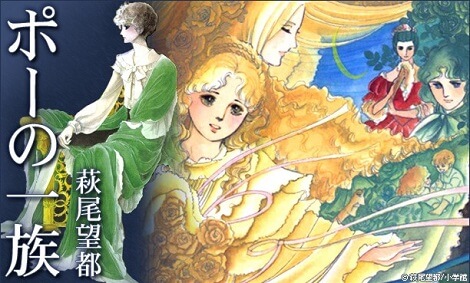
http://ima-colle.jp/mypages/193/11712
In the beginning of 1970s, female manga artist tried new approaches to Shoujo-Manga by installing contents including SF, fantasy and literature factors or a concept of homosexual love, and by using a technique to make screen structures complicated etc., which defied the common wisdom of the world of Shoujo-Manga at the time.\\\٩( 'ω' )و ///
<24-nen Gumi> is commonly used as ‘manga authors who were born in Showa 24-nen (in the year 1949) and renovated Shoujo-Manga in the 1970s’.
I will introduce 4 manga authors’ works, who are the representatives of the 24-nen Gumi: Hagio Moto, Ooshima Yumiko, Takemiya Keiko, and Yamagishi Ryoko. .+:。ヽ(・ω・)ノ
☆Hagio Moto
Hagio Hoto is known as a god of Shoujo-Manga from the storytelling preciseness of manga as well as the depth of philosophy of themes.
All the works about the modern theme, SF and fantasy are so interesting as I would say all of them if people asks me what the recommendation is. She has been still making works even now. The below work is her new work after 40 years since the last one and it became a topic.
Poe no Ichizoku / The Poe Family (1972~)
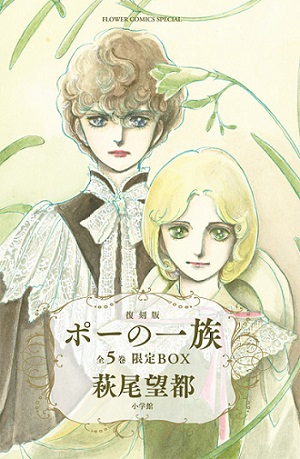
http://natalie.mu/comic
“A tribe of Banpanera is living in a village with roses flourish although the village is hidden by blue fog. They live forever with an essence of blood and roses as well as adding people they love to their company. In the tribe, there were Edgar and Marybell, as an elderly brother and a younger sister. One day in a 19th century, those two meet a boy whose name is Alan…Banpanera’s beautiful legend has been succeeded beyond times”. (Publisher)
The vampire tribe of immortality was described. The work crosses more than 200 years from 18th century’s aristocratic castle to 20th century’s Gymnasium. Within the work, one part is just a 24-page short story, while there is a concentrated content on the other hand.
Edgar is not either an adult or a kid but just keeps being a boy. Since he is not able to become the member of Banpanera, his endless deep feeling and his loneliness of the one who needs to live forever with sadness are described, which let us feel romantic illusion.
If you love Anne Rice’s Interview With the Vampire, you may like it too.
☆Takemiya Keiko
Takemiya Keiko is the one who created the greatest works such as Pharaoh no Haka, Terra he..., Hensoukyoku, and Fly Me to the Moon!.
As she made Pederasty popular although it was taken as taboo in Shoujo-Manga at the time, she got known more by serial publication, which introduces how to draw manga and finding the new authors in a magazine June, focusing on ‘aestheticism’ in any cultures, and putting a lot of the professional authors out into the world. She lectures in a university, issues her own history, and acts energetically.
Kaze to Ki no Uta / The Song of Wind and Trees (1976~1984)
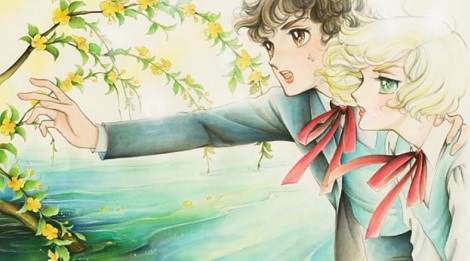
http://tra-pro.com/BD/kazeki.html
“A mysteriously attractive boy, Gilbert Cocteau, cannot be satisfied without getting hugged, and he spends a boring time in the Lacombrade Academy with dignity. All he has is loneliness...At the time, a student moves to the Academy, whose name is Serge Battour. He has an aristocratic father and a gypsy mother and has black hair and red-brown skin. His shining purity attracts people, while he also suffers from a deep loneliness. Both of them are lonely yet opposite and spend together by hurting each other. The greatest romance with full of youth and love flourished in south France of 19th century”. (Publisher)
At a boarding school located in south France where 7 to 18-year-old boys get together, two boys meet. Their instant youth time is described in this work. To be honest, frank, and clean as boys are always flown throughout the work. Everyone is sad and may not be saved, but we can still see a spark of hope at the end.
☆Ooshima Yumiko
Ooshima Yumiko is known with her works such as Banana Bread no Pudding, and Gu-Gu Datte Neko de Aru. Her stories move forward with cute and soft pictures. Once you like it, it seems it will be stronger addiction than the works of Hagio and Takemiya.
Wata no Kuni Hoshi / The Star of Cottonland (1978~1987)

http://blogs.yahoo.co.jp/suetumubananohime
“One day, an abandoned cat shivering from the cold was picked by Tokio and became a member of Suwano family. The cat is named as Chibi-nekko, and believes to become a human being in the future. However, a phantasmal silver cat, Raphael, appears and says that Chibi-nekko will travel to a cotton country as the cat is. Chibi-nekko expects her to become beautiful like the princess… This is Ooshima Yumiko’s mysterious fantasy world with a mysterious mixture of reality and dream!” (Publisher)
This work is heard to be known as the origin of cat ears on the head and its anime movie was produced in 1984. The human relationship seen and described through Chibi-nekko’s point of view is interesting.
☆Yamagishi Ryoko
Speaking of Yamagishi Ryoko, some of you imagine Hi Izuru Tokoro no Tenshi, but she has been actually creating many kinds of stories in a variety of themes such as history, myths, horror, and ballet. Her works of horror are really scary. As this is the same with the one of Hagio Moto, Yamagishi Ryoko’s short manga is also challenging to read. Within a few pages, the interestingness of her story and manga is concentrated well. Currently, her Revelation, with the main character of Janne Da Arc, is serially published.
Arabesque (1971~1975)

https://kinarino.jp/
“A 6th-grade student in KYIV Shevchenko Ballet School, Nonna Petrova was worried about her tall height as a demerit as well as a comparison with her skilled elderly sister and was thinking to quit ballet.
At the time, a dancer Yuri Mironov called as a golden star of Soviet has found Nonna skillful enough and she decided to move to another school, Leningrad Ballet School…” (Publisher)
This got super popular as a serious ballet manga, which is the first of Shoujo-Manga. Nonna’s success story, her distress and frustration, and how she grows up are described in this story, including that rivals appear, she gets to like a Spartan coach Mironov, and an exile causes a trouble. The relationship between Nonna and Mironov is wonderful, whose love is stronger than the love of master and student, but not yet to the love of partners. Mironov is cold and lets her leave, but actually thinks of Nonna from the bottom of his heart, which is so good!
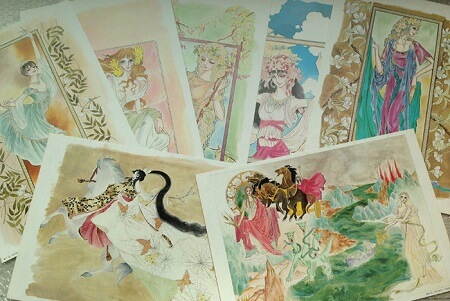
https://kinarino.jp/
The revolution of manga by 24-nen Gumi is often explained as ‘discovery of inside of girls’. That is because those manga authors do not end just with modern literature’s typical dramas that ego as a subject fights with the world as an object with the main theme of human’s internal aspect, but they express manga with their imagination which goes further beyond those typical dramas.
There are many people who don’t read Shoujo-Manga or old manga. However, any of the manga are very interesting enough to let me think to throw all book shelves so to read them. Why don’t you take a look and read it in this opportunity?(ノ*・ω・)ノ
Popular Articles
-
 【Must Check】Upcoming 2024 Anime Movies with Confirmed Release Dates! Get Ready by Revisiting the Manga and Anime Now!2024-04-17
【Must Check】Upcoming 2024 Anime Movies with Confirmed Release Dates! Get Ready by Revisiting the Manga and Anime Now!2024-04-17 -
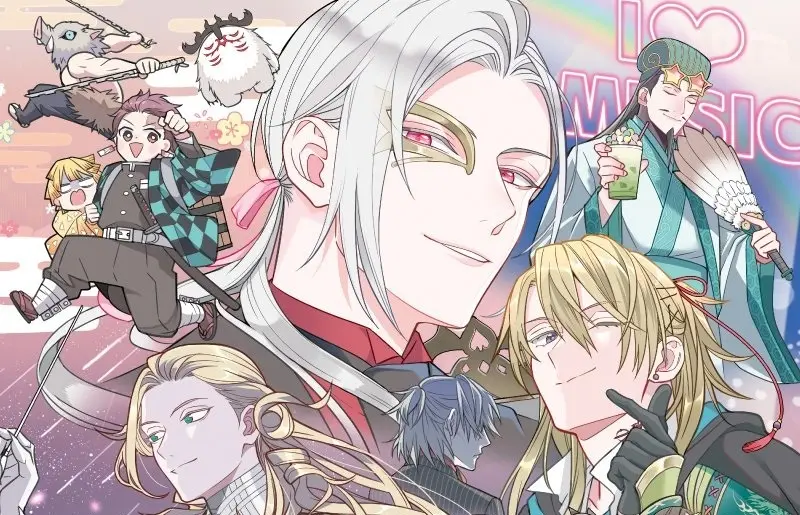 【SUPER COMIC CITY 31】New Doujinshi Increase to a Whopping 1000! The Largest Doujinshi Event of the First Half of 2024, SUPER COMIC CITY 31, Coming Soon!2024-04-20
【SUPER COMIC CITY 31】New Doujinshi Increase to a Whopping 1000! The Largest Doujinshi Event of the First Half of 2024, SUPER COMIC CITY 31, Coming Soon!2024-04-20 -
 【SUPER COMIC CITY 31】Scheduled for 5/4 & 5/5! A Massive Release of the Latest Doujinshi! Check Out the Large-Scale Event SUPER COMIC CITY 31 Before Summer!2024-04-14
【SUPER COMIC CITY 31】Scheduled for 5/4 & 5/5! A Massive Release of the Latest Doujinshi! Check Out the Large-Scale Event SUPER COMIC CITY 31 Before Summer!2024-04-14 -
 【Blue Lock The Movie】Now Showing! A Recap of the Synopsis for the Spin-off Episode Nagi, Starring Nagi Seishirou!2024-04-19
【Blue Lock The Movie】Now Showing! A Recap of the Synopsis for the Spin-off Episode Nagi, Starring Nagi Seishirou!2024-04-19 -
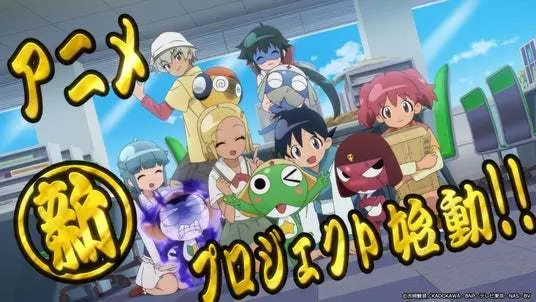 【Keroro Gunsou】New Anime Project Announced on April Fool's Day, 4/1! Joke? Truth? Celebrating 20 Years of Anime!2024-04-13
【Keroro Gunsou】New Anime Project Announced on April Fool's Day, 4/1! Joke? Truth? Celebrating 20 Years of Anime!2024-04-13 -
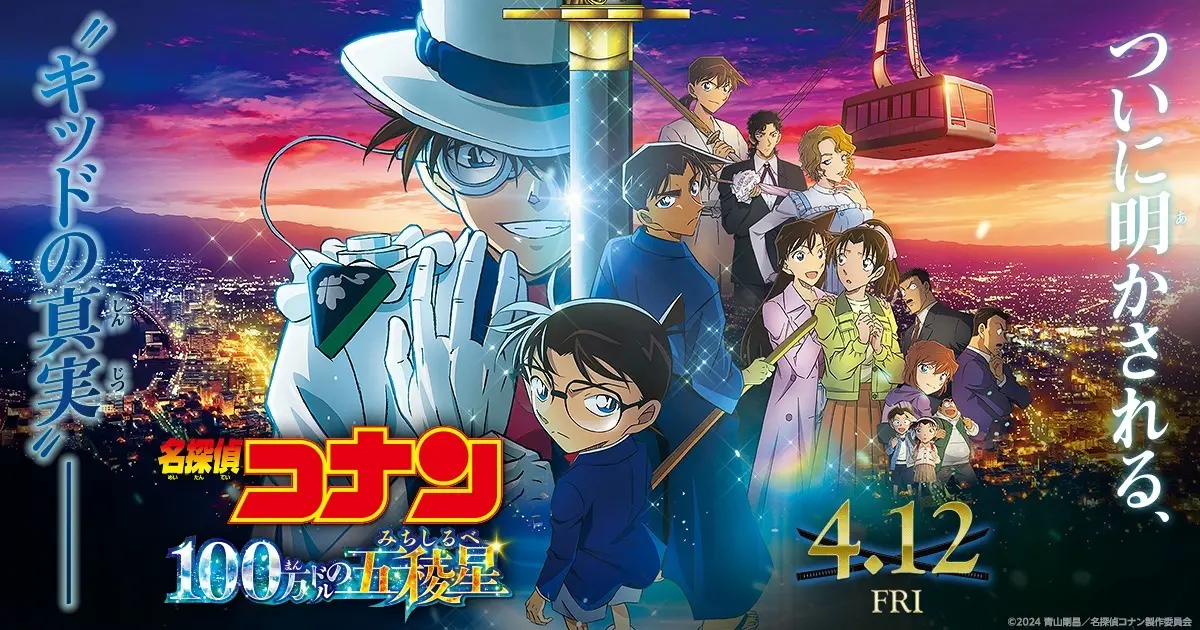 【Meitantei Conan】Finally Premiering on 4/12! The Latest News on "Detective Conan: The Million-dollar Pentagram"2024-04-12
【Meitantei Conan】Finally Premiering on 4/12! The Latest News on "Detective Conan: The Million-dollar Pentagram"2024-04-12



